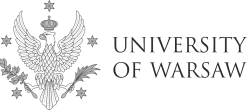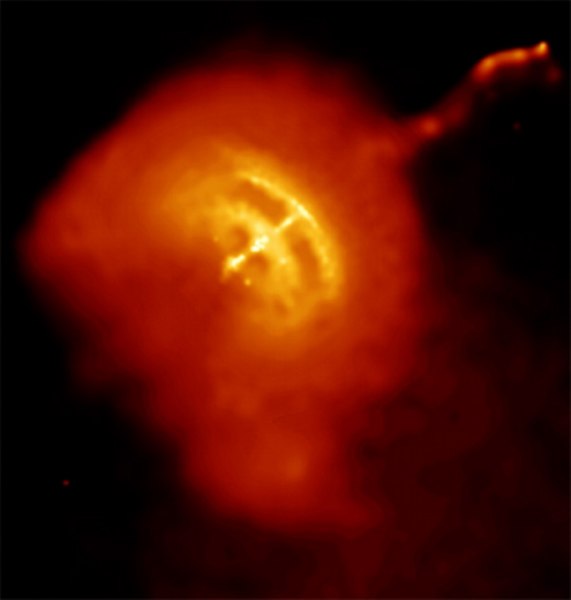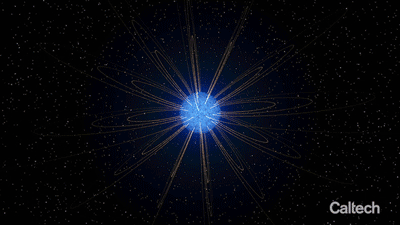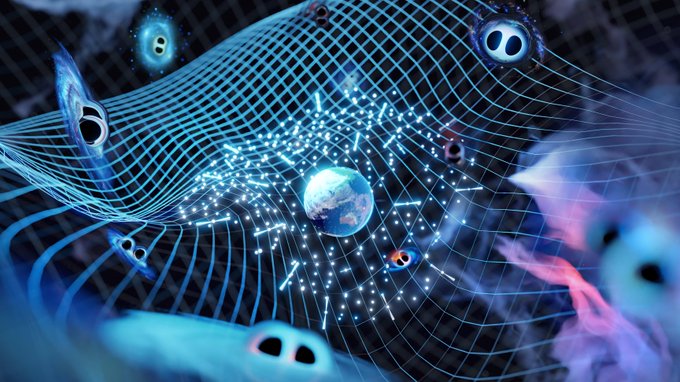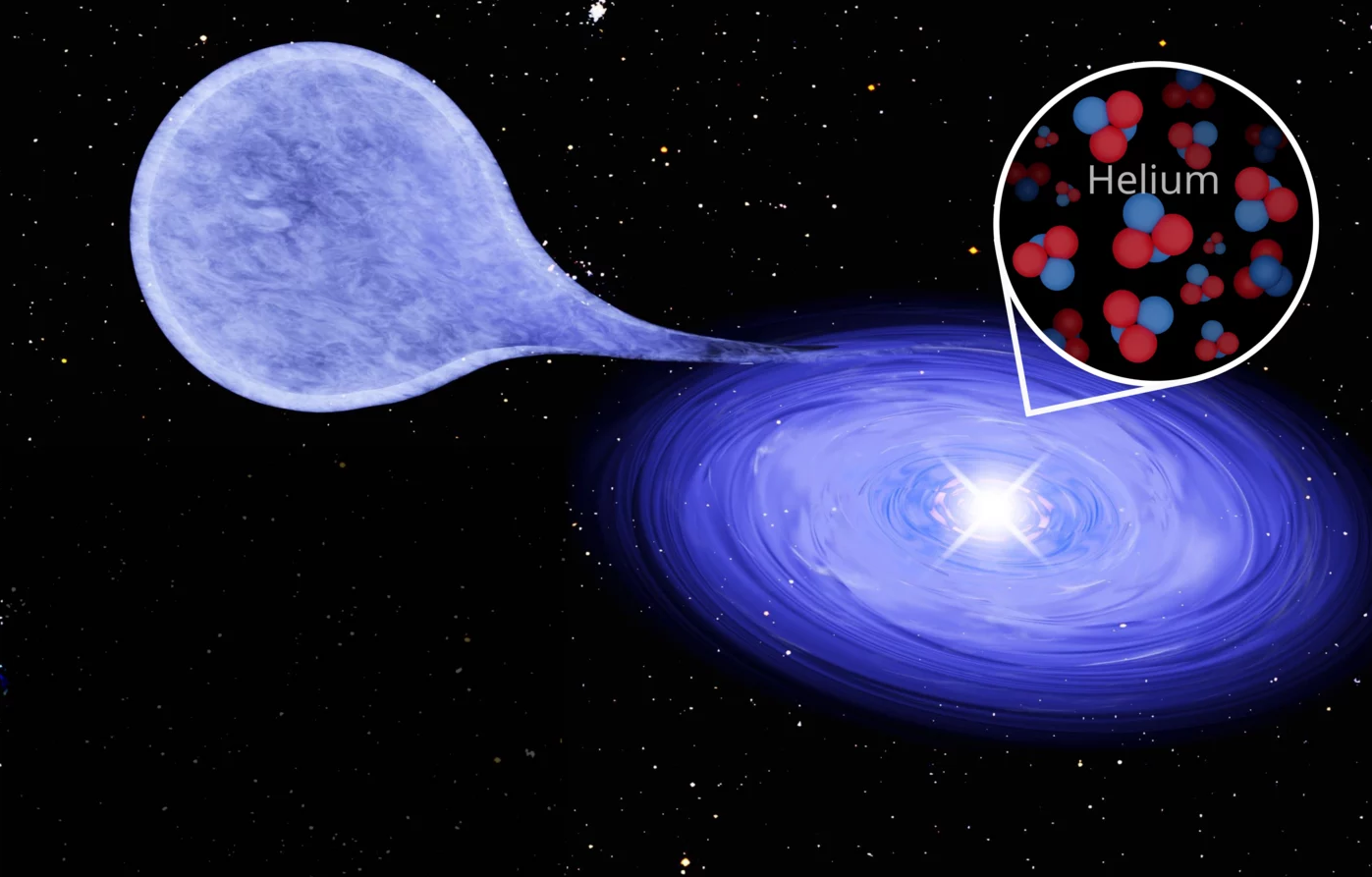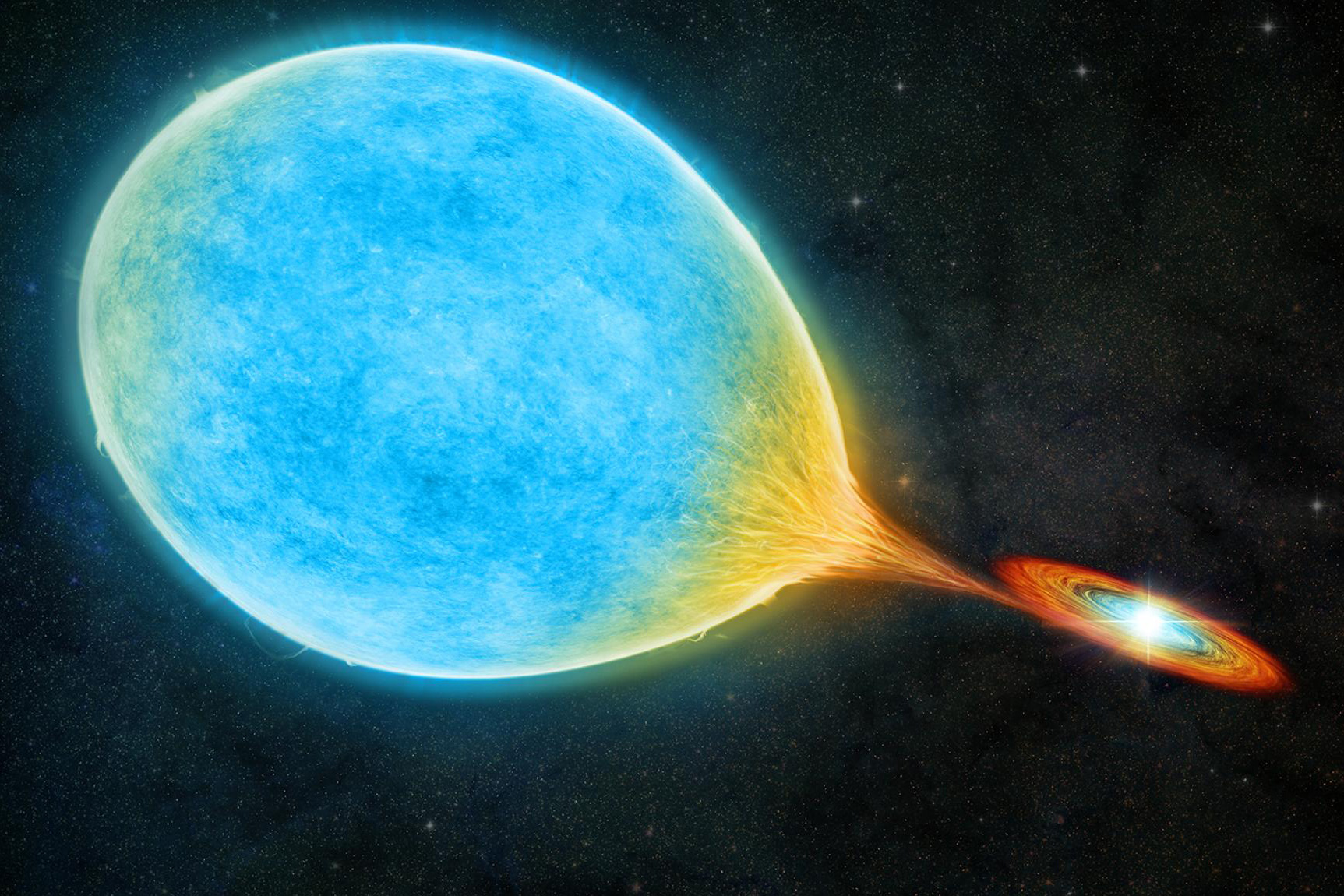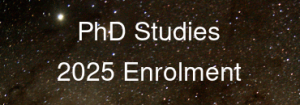Cold Super-Earths Are Common

In a recent paper published in the prestigious journal Science, an international team of astronomers – including scientists from the Optical Gravitational Lensing Experiment (OGLE) led by Prof. Andrzej Udalski at the Astronomical Observatory of the University of Warsaw – presents a detailed study of low-mass exoplanets orbiting their host stars at large distances. The study shows that so-called “cold super-Earths” are a common component of planetary systems: on average, they are found in every third system around stars in the Milky Way.

